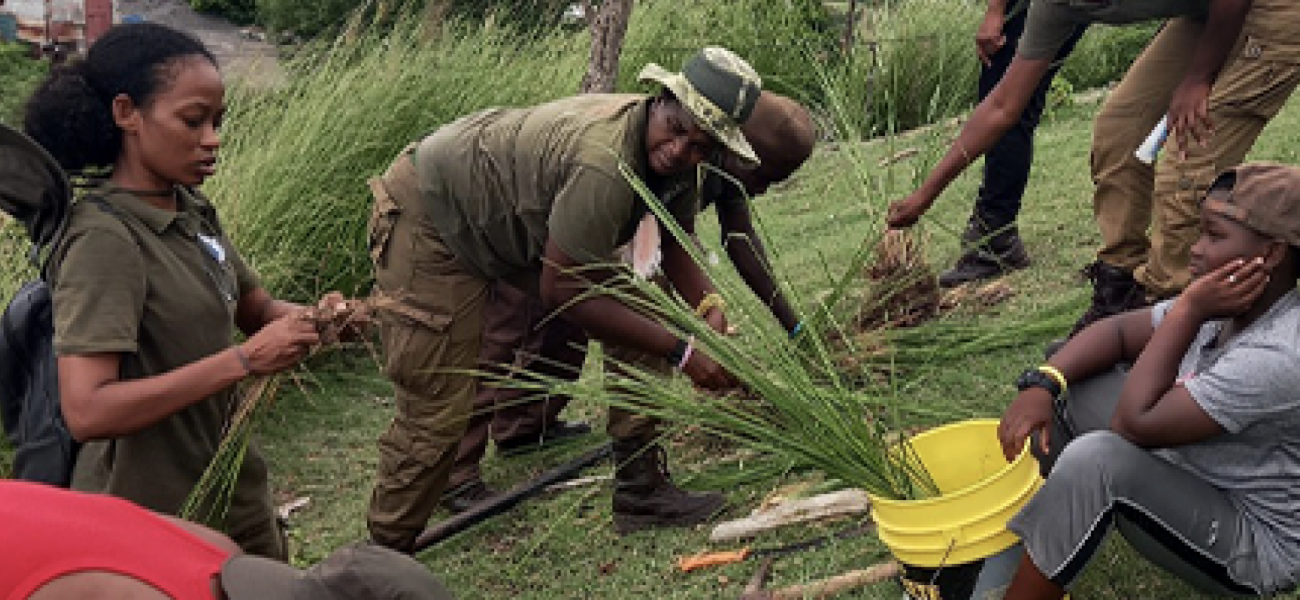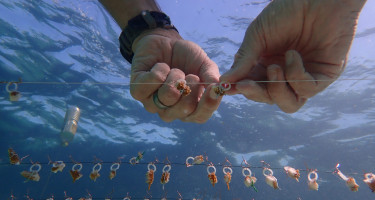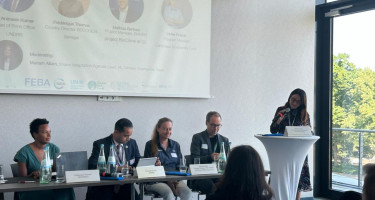Climate Change Risk Model Encourages Union Island Stakeholders to Plan Erosion Risk Mitigation
A project funded by the Caribbean Biodiversity Fund (CBF) Ecosystem-based Adaptation(EbA) Facility

© James Crockett
A key output of the project was the development of leading-edge climate change risk models for Union Island to inform climate-smart planning and decision-making by local stakeholders in the decades ahead. They have been made available to review via an interactive storyboard that demonstrates likely changes to the landscape of Union Island regarding Drought & water holding capacity, soil erosion, sea level rise & storm surge based upon two possible future development scenarios: 1. A business-as-usual approach and 2. An ecotourism approach.
After reviewing this online tool members of the Union Island Environmental Alliance (UIEA)community wardens made up primarily of youth from within the community of Ashton are keen to mitigate the impacts of soil erosion and enhance the groundwater recharge during heavy rain events. The approach they are exploring is the well-proven Vetiver System - Vetiver grass terraces are contoured across erosion-prone slopes to arrest flood water, capture and hold sediment before it washes into watercourses and encourage groundwater recharge.
The group has recently procured their first crop of vetiver grass slips from a long-established vetiver hedgerow and is now working on the development of their vetiver nursery from which they will outplant vetiver slips to provide protection to exposed roadside verges that are vulnerable to erosion. They hope that in the coming years, vetiver terraces will become increasingly common on Union Island as their property-protecting attributes become more widely known and understood across all sectors of the community.
- Country: Antigua and Barbuda, Cuba, Dominica, Grenada, Haití, Jamaica, Dominican Republic, Saint Vincent and Grenadines, Saint Lucia
- Project:
- Contact:
James Crockett


